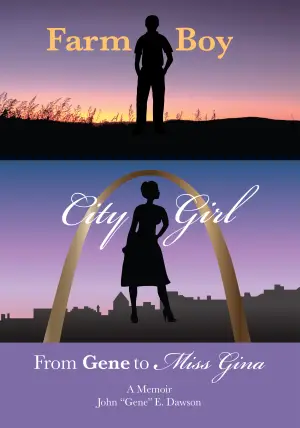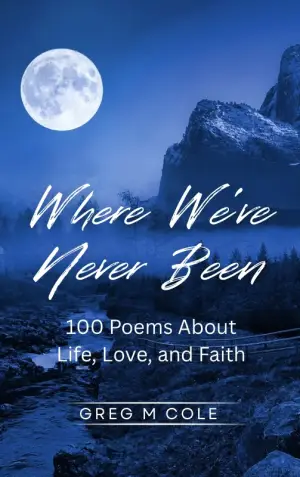Looking for Alaska: A Journey into Nihilism or a Search for Meaning?
When I first picked up Looking for Alaska by John Green, I found myself intrigued by the rave reviews and the magnetic allure of its title characters. John Green has quickly garnered a reputation for crafting poignant stories that navigate the tumultuous waters of adolescence. However, my experience with this novel turned out to be a rollercoaster of disappointment as my enthusiasm waned within the first twenty-three pages.
In this coming-of-age tale, we meet Miles Halter, a quirky teenager fixated on the last words of famous people, which he believes imbues him with depth. Miles arrives at a prestigious boarding school, ready to escape the mundane existence he associates with his two friends Marie and Will. His disdain for them reflects a troubling aspect of his character—one that seems to revel in superficial judgments. Enter Alaska Young, the epitome of the chaotic, enigmatic girl that many readers might romanticize. Unfortunately, both characters often come off as caricatures rather than full, nuanced individuals.
The early scenes set a tone that felt disjointed, with Miles’s self-important narration occasionally descending into cringe-worthy commentary. Take, for instance, the introduction of his roommate, Chip "The Colonel," whose testosterone-fueled antics only seem to escalate the superficiality of their interactions. Green’s potential for deeper insights into teenage life is overshadowed by a writing style that sometimes feels more like a tick list of adolescent tropes rather than a genuine exploration of growth or suffering.
I found it particularly frustrating that Alaska, who has the capacity to be a truly intriguing character, feels more like a puzzle for Miles to solve—a collection of traits and quirks rather than a breathing person. Moments are spent dissecting her beauty and sexual exploits, which, as presented, often teeter precariously on the line of objectification. And yes, sexual escapades abound, but they feel threaded with an uncomfortable teenage male gaze rather than authentic explorations of youth and discovery.
One notable aspect of Green’s writing is his knack for quotable moments—like when Alaska asks the existential question, “How will I ever get out of this labyrinth?” While these moments might resonate with some, they felt forced and somewhat disingenuous in the context of the characters’ otherwise shallow interactions. I found myself questioning whether these insights reflected genuine teenage confusion or if they were simply a series of superficial epiphanies sprinkled throughout to elevate the narrative.
As I closed the book, I couldn’t help but reflect on what I was meant to take away from this chaotic journey. Was it the search for significance that really mattered in the face of loss? Or was it merely a tale wrapped up in nihilism, devoid of a meaningful takeaway? If you’re a fan of emotional turmoil wrapped in poetic packaging, this might resonate with you. Yet, if you appreciate authenticity and character depth, you may find yourself as disillusioned as I became.
Looking for Alaska certainly has its fans and might appeal to readers seeking a drama laden with romantic frustrations and adolescent angst. However, if you’re like me, and prefer your characters well-rounded and your lessons hard-earned, you may wish to seek out other literary treasures that offer a more enriching reading experience. As for me, I couldn’t help but feel relieved to part ways with Miles and Alaska, finding myself yearning for characters who truly represent the messy and beautiful complexities of youth.











